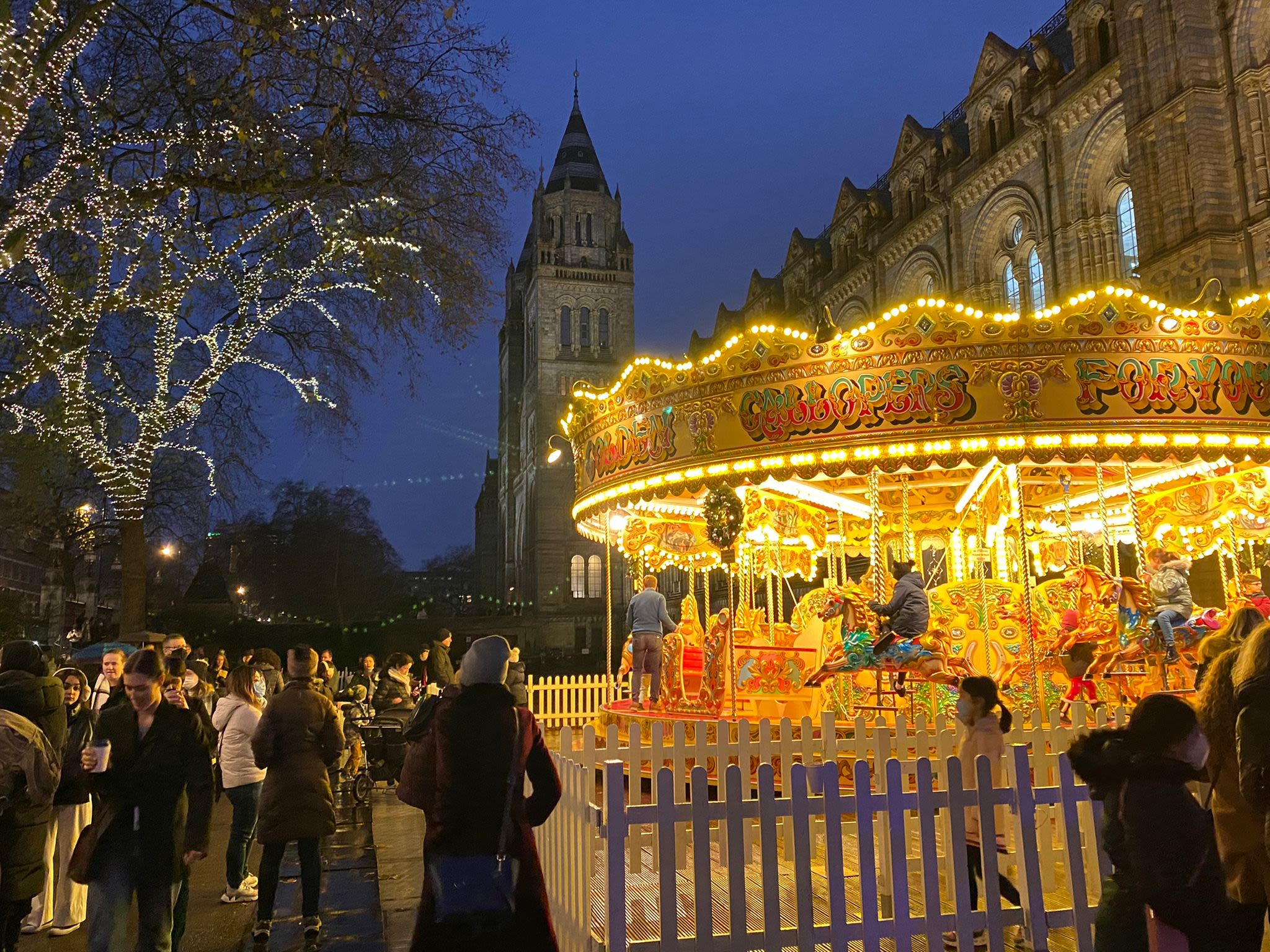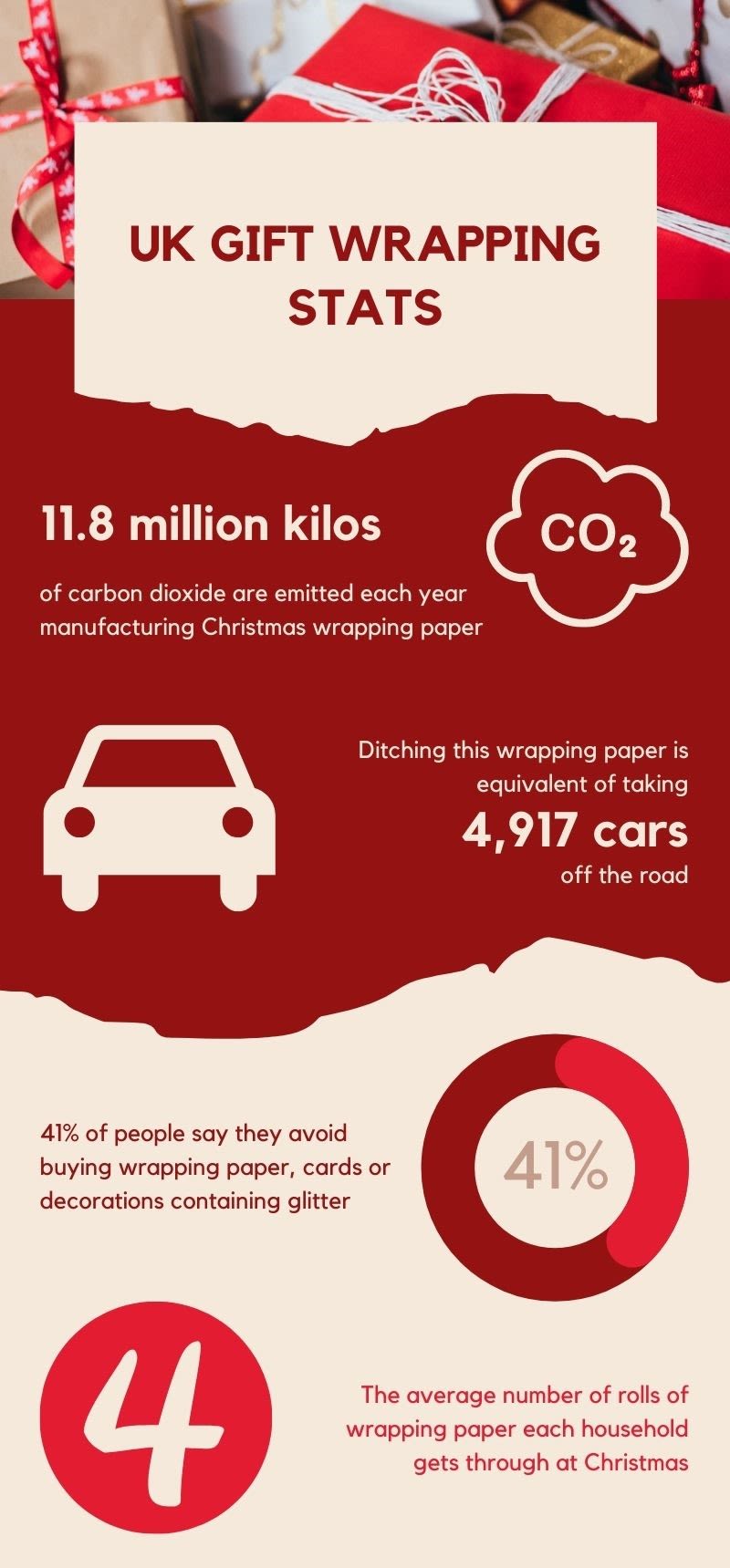It's the most wasteful time of the year
The environmental impact of Christmas and how Londoners can reduce waste this holiday season

As well as being a time of joy, Christmas is undoubtedly a period of excessive consumerism and waste.
In fact, environmentalists have described the holiday season as 'the world’s greatest annual environmental disaster.'
In light of last month’s COP26 in Glasgow, a lot of us are wondering how we can begin to reduce our own carbon footprint, and taking a look at our environmental impact at the most wasteful time of the year is a great place to start.
Christmas waste statistics show an ever increasing amount of waste each holiday season, particularly from unwanted gifts, wrapping, packaging and food.
See how much you already know about the environmental impact of Christmas by having a go at this quiz:
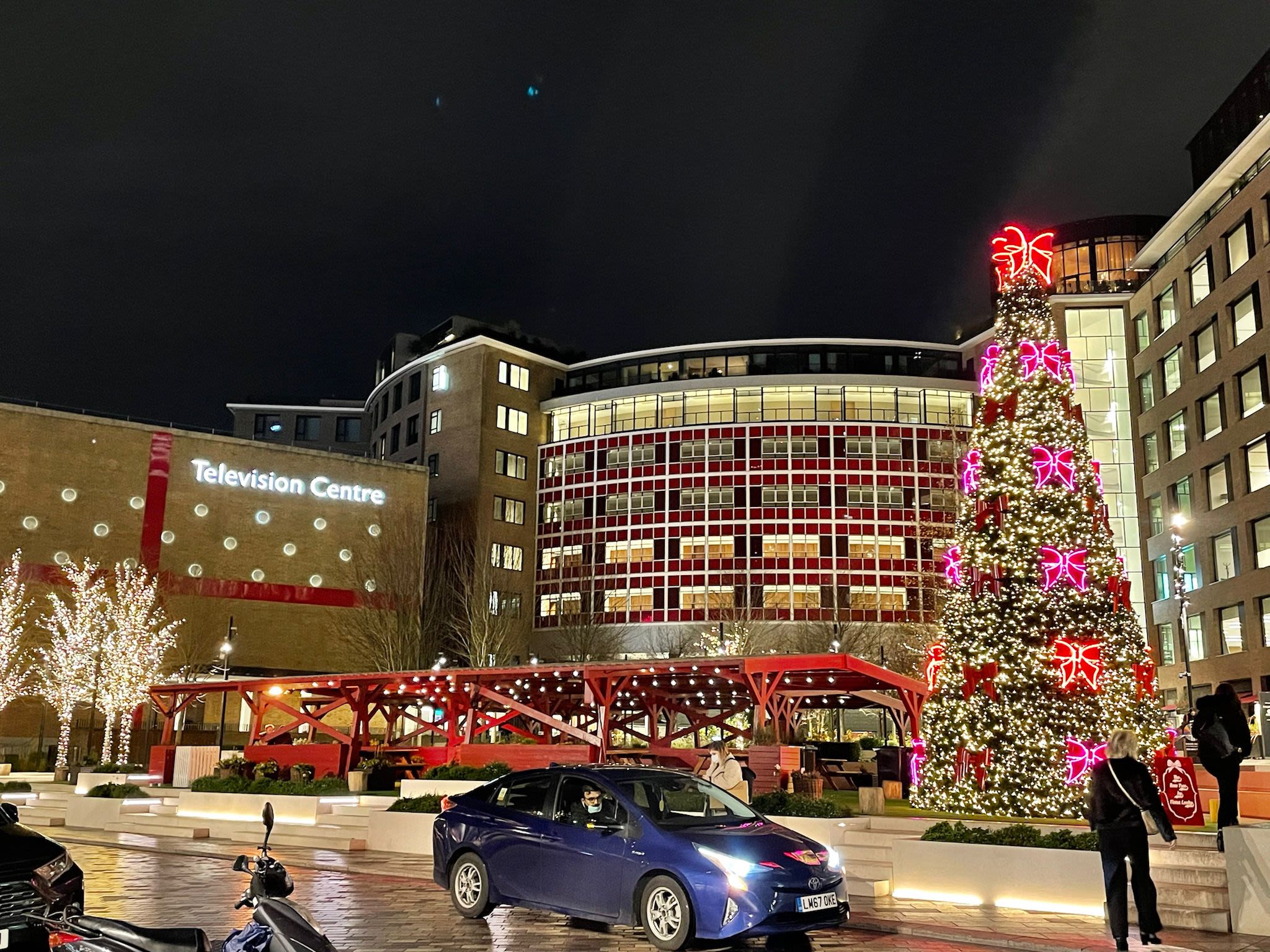
Christmas trees
The vast majority of UK households put up a Christmas tree every December, and the British Christmas Tree Growers Association (BCTGA) estimates that between eight and 10 million real Christmas trees are sold each year.
However, in recent years people have become increasingly conscious of the environmental impact of Christmas trees, with debates over the pros and cons of real vs fake.
The general consensus is that you will have to use an artificial Christmas tree for 10 years or more for it to have an environmental impact lower than that of a real tree.
Many artificial trees are made from PVC which is very hard to recycle, and the Carbon Trust estimates that a two metre-tall artificial tree emits around 40kg of CO2, more than ten times that of a real tree that’s burned after Christmas.
When it comes to real Christmas trees, a key way to reduce the environmental impact is to buy locally grown trees.
Around one tenth of the real Christmas trees sold in the UK are imported, increasing their carbon footprint.
However, real trees also have a positive environmental impact.
Taking around 10 to 12 years to grow to six feet, they provide a habitat for wildlife and capture carbon from the atmosphere for several years before they are chopped down.
One of the most important ways to reduce the impact of a real tree is to dispose of it properly, since one that ends up in landfill will have a much greater impact, by releasing methane as it decomposes, than one which is burned or used for wood chips.
Burning reduces potential emissions by over 80% compared to throwing your tree out, according to the Carbon Trust.
Listen to BCTGA committee member, Russell Parkins, talking about Christmas tree disposal services:
Parkins, 57, who owns a Christmas tree farm in Hertfordshire, believes it is important that Christmas tree farmers make an effort to make their practices more environmentally friendly.
He said: “The BCTGA committee is devoted to spending a lot of money on finding what is the best way of making operations sustainable.
“On my farm we use biodegradable netting which is a vegetable based netting, so that is 100% biodegradable and can go into a commercial compost.
“That will break down to proper compost and it won’t break down to microplastics which is the bit we now all realise is really bad.”
He added: “We’ve all got to try and make an effort in our own little world.
“In reality it’s like most things, the small people suddenly all get together and make a very big voice and that actually starts to make the bigger companies stand up and listen to what they’re saying because they suddenly find that if they don’t adapt then they get left behind.”
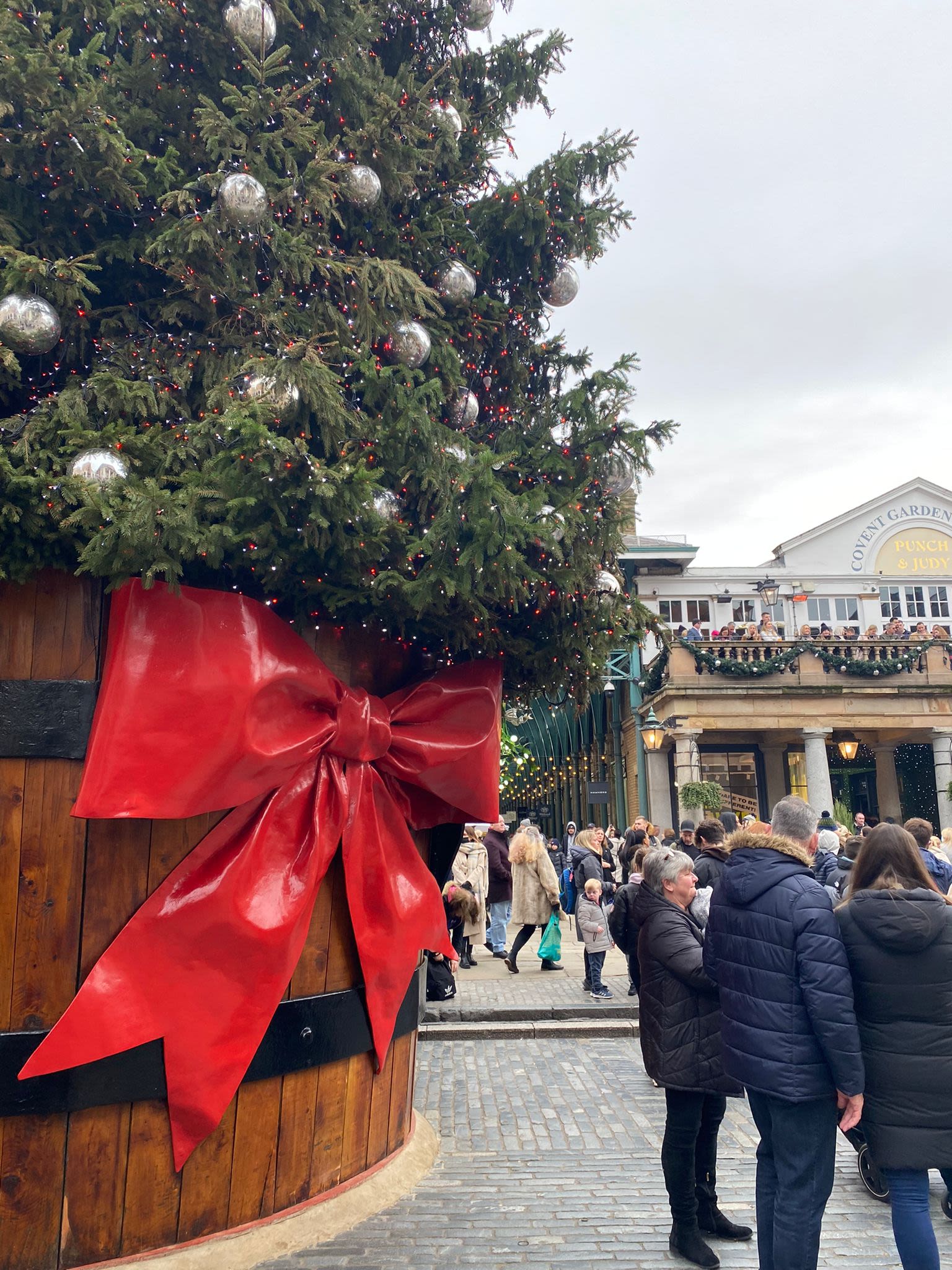
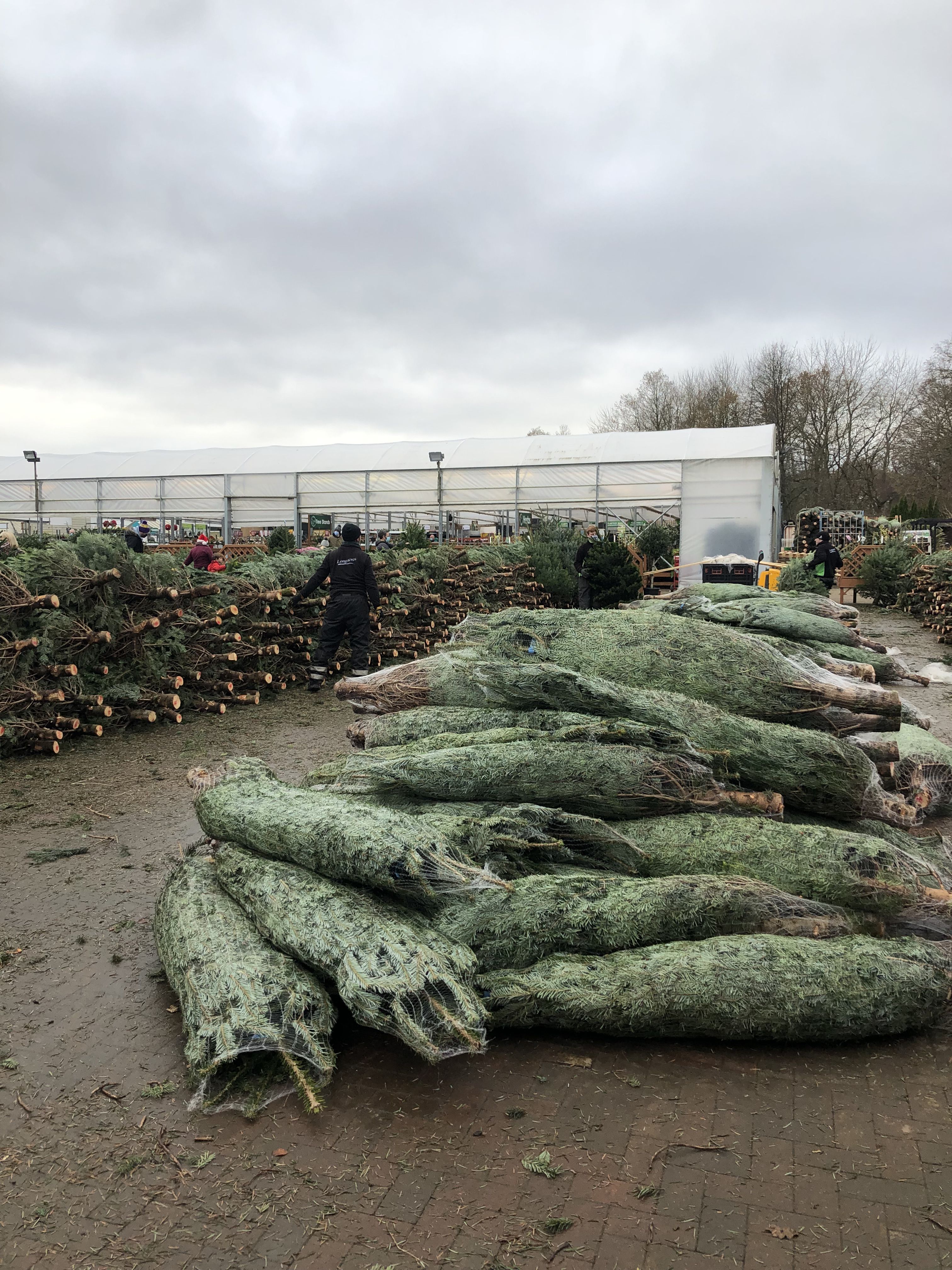
Real Christmas trees often come wrapped in plastic netting
Real Christmas trees often come wrapped in plastic netting

Russell Parkins and his family at Dane End Christmas Tree Farm, Hertfordshire
Russell Parkins and his family at Dane End Christmas Tree Farm, Hertfordshire
Wrapping paper
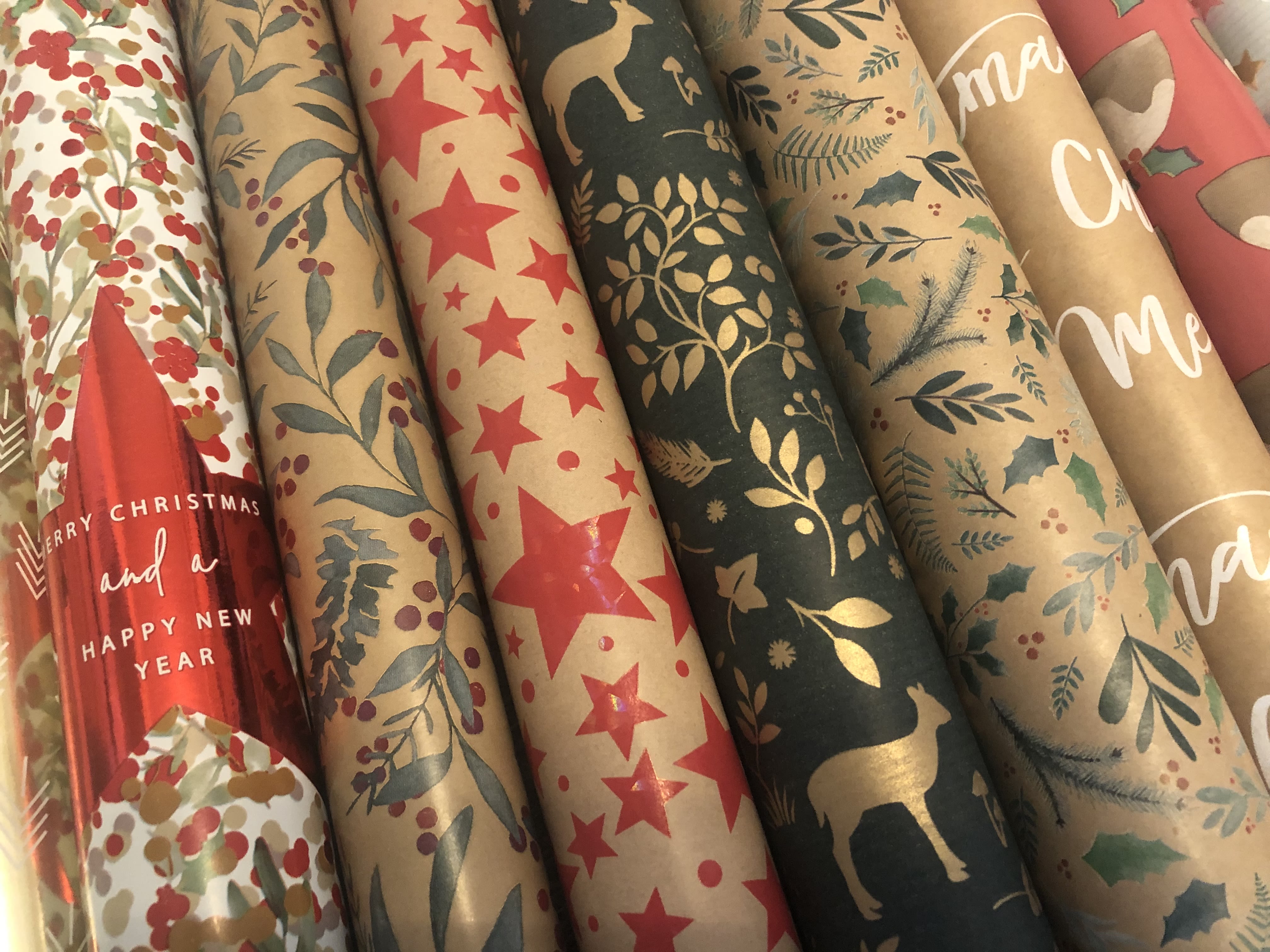
The amount of wrapping paper thrown away every Christmas in the UK alone would stretch to the moon, according to sustainability charity WRAP.
This is a big problem since a lot of wrapping paper is not recyclable.
Steve Oulds, National Commercial Manager of waste management company Biffa said: “Recycling Christmas wrapping paper is quite a challenge.
“At the very least we’d urge people not to buy shiny or glittery paper and avoid sticky tape where possible.”
That is why the North London Waste Authority (NLWA) has launched a campaign this year to cut down on single-use Christmas paper, arguing that this is the kind of urgent action needed to help tackle climate change.
Chair of NLWA, Cllr Clyde Loakes, said: “We are facing a climate emergency and must take urgent action across every part of our lives, even at Christmas.
“We believe it’s time to rethink wrapping paper this year. It’s a single-use item that is generally used once and then discarded in enormous volumes over the festive period.”
Amma Aburam, 32, from east London, who runs a sustainability blog called Style and Sustain, has come up with a variety of wrapping alternatives to help people move away from single-use paper.
She has suggested trying furoshiki, a traditional Japanese style of wrapping using fabric instead of paper.
She said: “It’s true that when you’re one person and you’re doing it, it feels like nothing, but that multiplied by millions actually does have an impact and does make a difference in reducing waste.
“Within this process I’m also learning- I think it’s important to make people understand that none of us are perfect in terms of sustainable and ethical processes and it’s a learning process for everyone.”
Party wear
With fashion accounting for about 10% of global greenhouse gas emissions, one way we can try to reduce our environmental impact this Christmas is by buying fewer clothes.
A recent survey by Censuswide, commissioned by environmental charity Hubbub, found that one in eight adults plan to buy at least one new piece of clothing for this year’s party season, which is around seven million people across the UK.
Hubbub also estimated that 12.3 million items of clothing will be returned this holiday season which has a two-fold environmental impact.
Firstly, returning clothing creates additional emissions in shipping the item back to the retailer, and secondly, many returns are never resold and go to landfill instead, or else are resold at a fraction of the original cost.
Two of the worst culprits for clothing waste are Christmas jumpers and sequinned items, both of which are often only worn a couple of times before they are thrown away.
In fact, the UK discards 1.7 million sequinned items every year according to research by Oxfam.
These plastic sequins will languish in a landfill for hundreds of years as they do not biodegrade.
Aburam said: “It’s fine to wear the dress you wore last Christmas!
“I think avoiding buying new is really key and I know it’s hard for people, especially with Black Friday, to ignore discounts, but I think it’s worth it in the long run- going for quality over quantity.”
Listen to Aburam’s positive outlook on the changing fashion landscape:
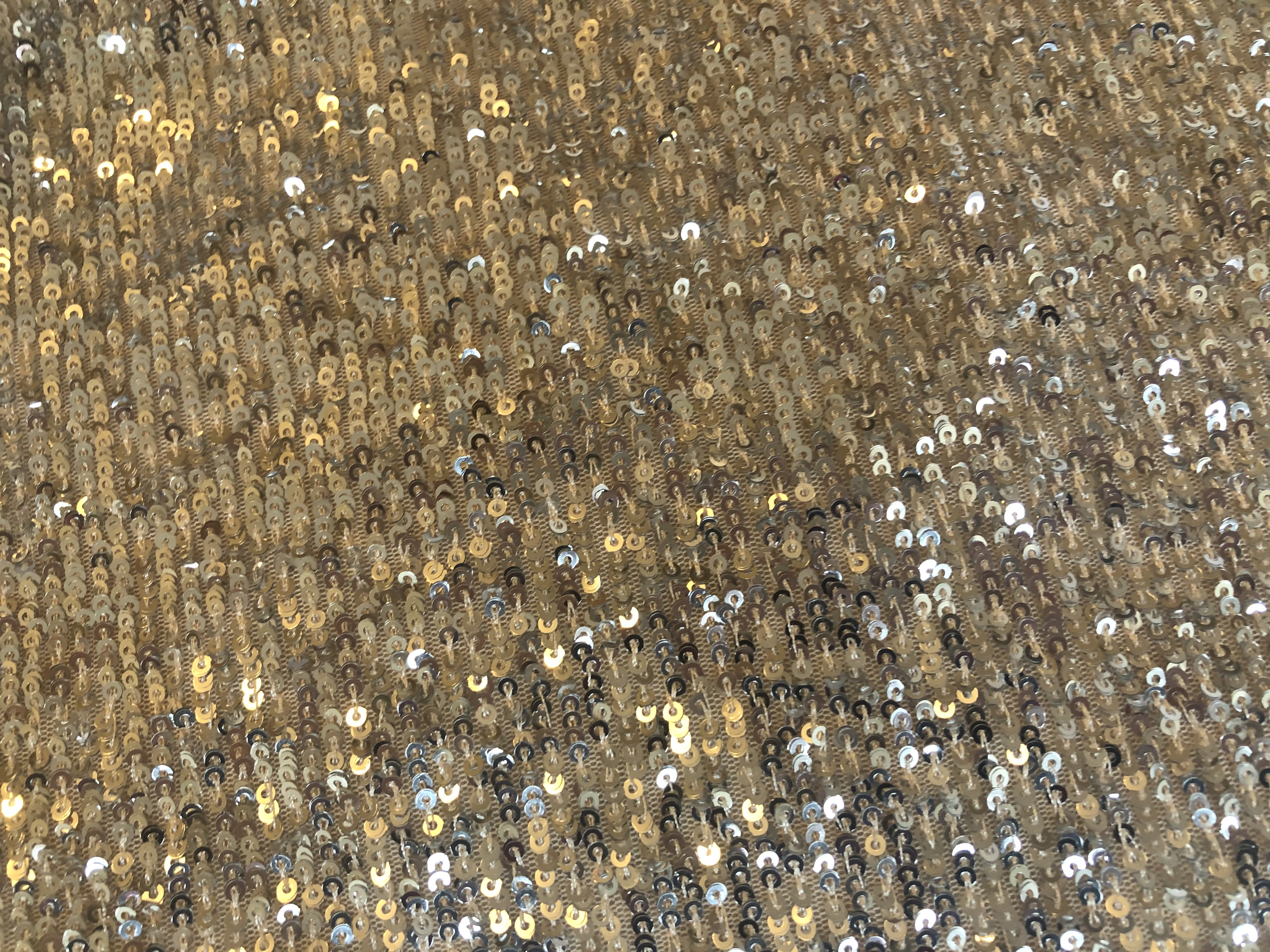
An alternative to wearing clothing that you already own this party season is buying from a sustainable slow fashion brand.
Cally Russell, 33, is CEO of ThisisUnfolded, a clothing company with the mission of removing waste at its core.
Russell said: “The biggest thing for me when I think about the impact of fast fashion is overproduction.”
That is why ThisisUnfolded only produces clothes after the customer has placed an order, cutting down on excess stock which is often thrown away.

ThisisUnfolded tries to cut down on waste by only producing what is ordered. Photo credit: ThisisUnfolded
ThisisUnfolded tries to cut down on waste by only producing what is ordered. Photo credit: ThisisUnfolded
Russell advised: “With anything you’re purchasing, make sure it is something that is going to make you look great, make you feel great and is also something that you’re going to use multiple times.
“I think it’s all about striking a balance. If you have to buy something new for that Christmas night out, that’s fine but make a different decision at another point in the year.”
Another suggestion from Hubbub is to try a rental site such as Loanhood, By Rotation or Hurr. This way you can get a new outfit to wear to your Christmas or New Years party without supporting the fast fashion industry.
The charity, in collaboration with Loanhood, held a free clothes swap in Covent Garden two weeks ago to launch their Festive Fashion Campaign.
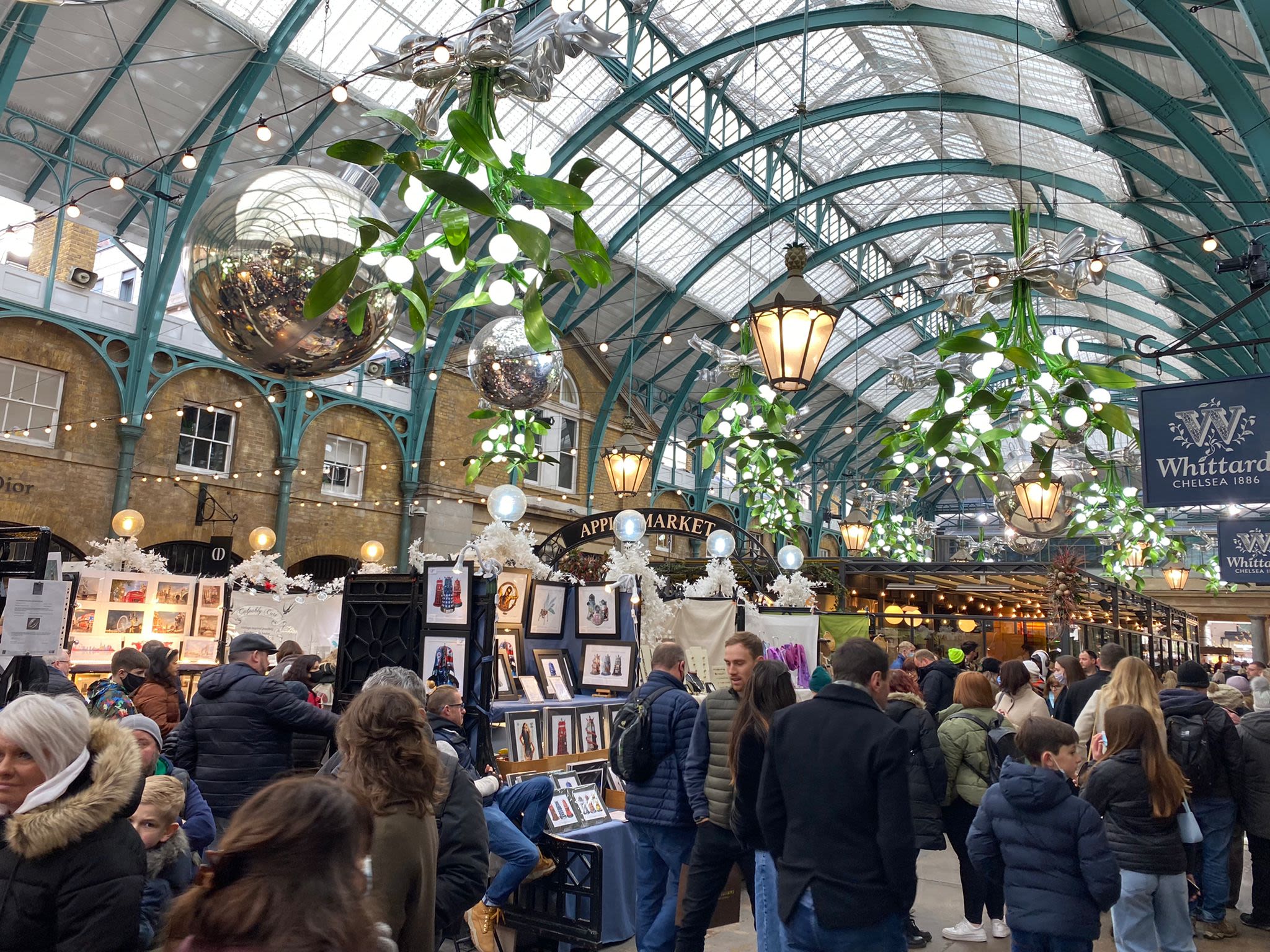
Covent Garden decorated for Christmas
Covent Garden decorated for Christmas
Sarah Divall, 28, a creative partner at Hubbub, said: “Fashion is such an important part of so many of our lives but we can still look great without harming the planet.
“It really does add up. That small individual change when we change our habits collectively can have a massive impact, and it can also send a signal to industries that we don’t want dirt cheap, poorly made stuff- we’d like something that’s a little bit nicer, that lasts a little bit longer, and that is more sustainable.”
Food waste
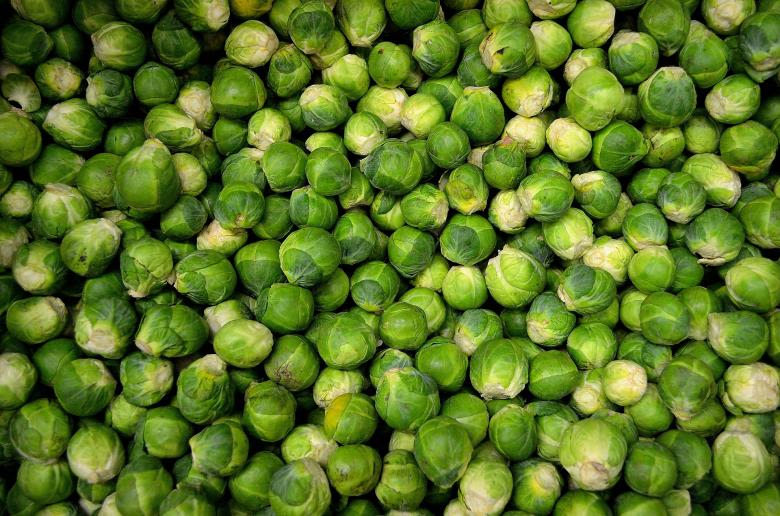
Around 9.5 million tonnes of food is wasted annually in the UK according to the most recent statistics from WRAP, making us the highest food waste producer in Europe.
This becomes an even bigger problem over Christmas, with British families wasting up to 30% more food during the festive period than the rest of the year.
NLWA estimates that £64 million worth of Christmas dinners go uneaten every year.
Food waste is a massive problem for the planet as it takes a lot of energy and water to grow food and transport it, and food that ends up in landfills produces a large amount of methane.
Furthermore, with millions of people in the UK struggling to get enough food, it is shocking that so much food is thrown away, particularly over Christmas.
The number of food parcels distributed from Trussell Trust food banks in London has almost quadrupled in the past five years.
With growing concerns about the Omicron variant and the gradual cancellations of Christmas parties, people are likely to be left with more food than they will be able to eat.
Divall advises people to try to only cook enough for the people who are coming over, but says that if there is food left there are lots of ways to redistribute it.
Listen to her suggestions for what to do with excess food this Christmas:
Use this interactive map to find a community fridge near you:
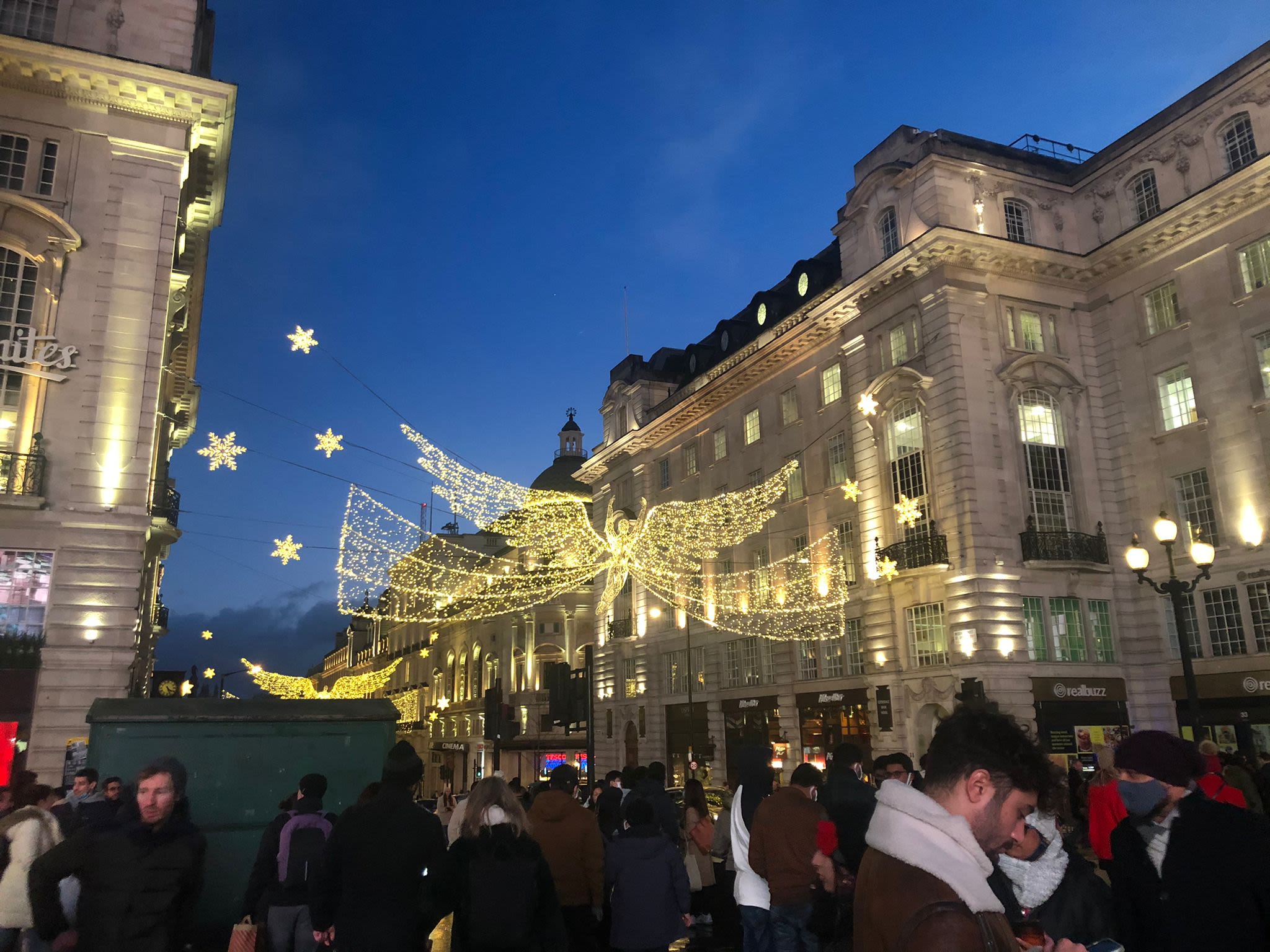
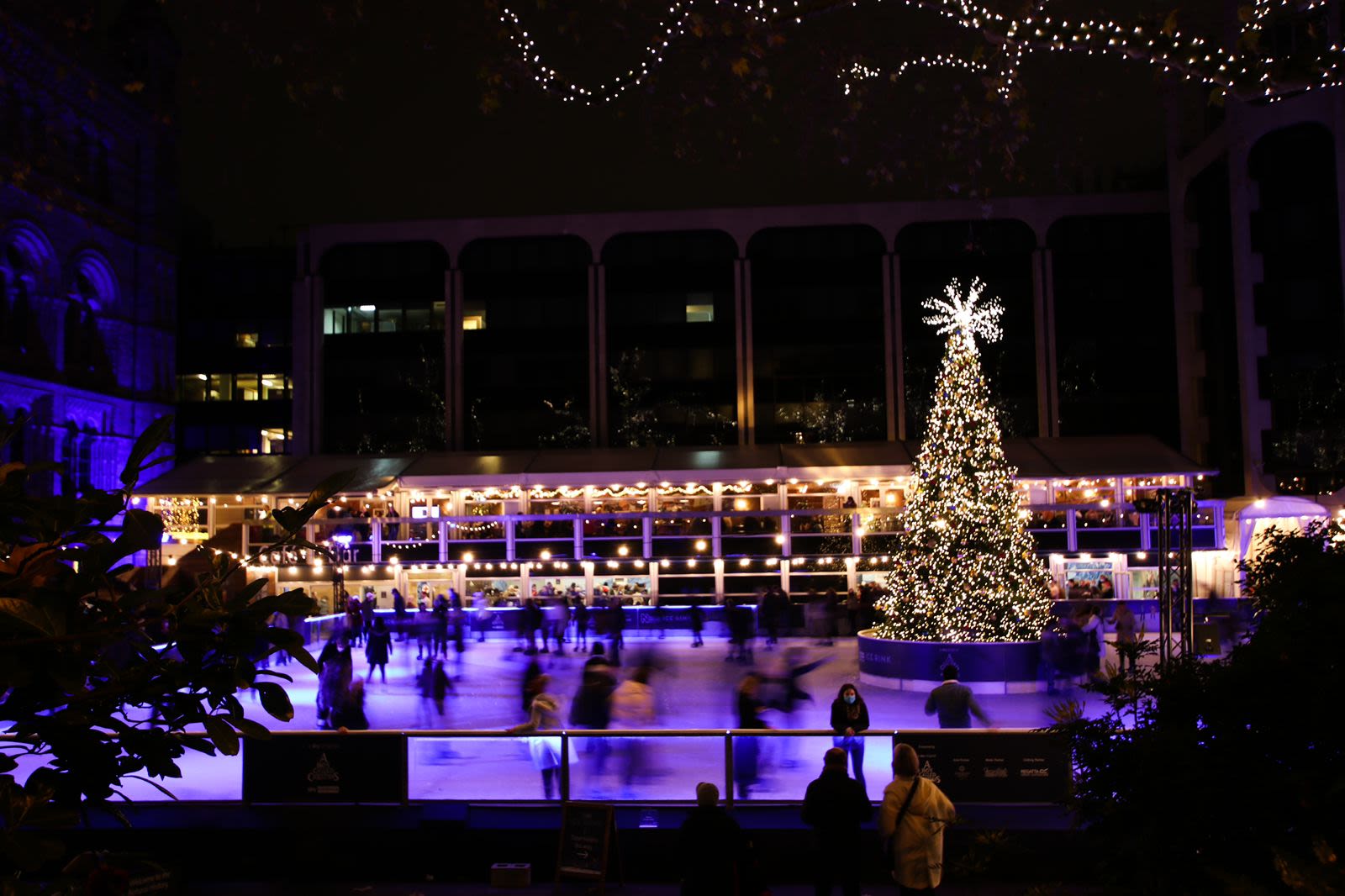
Of course, there are many other ways to make your Christmas more sustainable, from cutting out crackers to using public transport to visit relatives.
Clearly each of these changes on an individual level will only have a limited impact, however if everyone made just one change to make their festive season more sustainable, the cumulative impact would be huge.
It is evident that Brits are already starting to acknowledge and address the environmental impact of Christmas.
A survey by Censuswide found that 64% tried an alternative to store-bought wrapping paper last year, whilst the World Wildlife Fund announced this week that around two thirds of consumers are planning to take steps to curb their environmental impact over the holidays.
